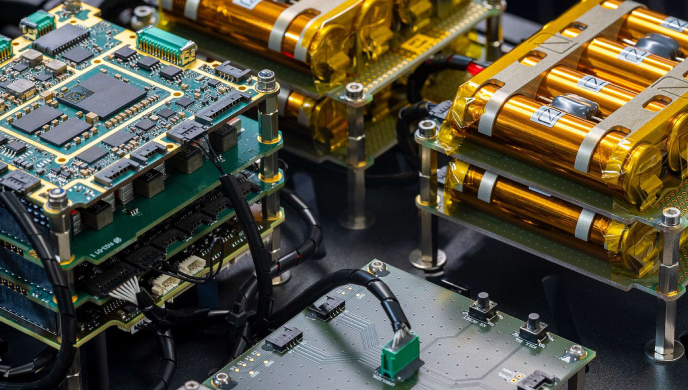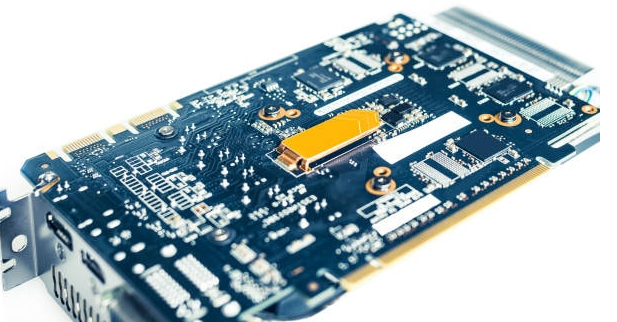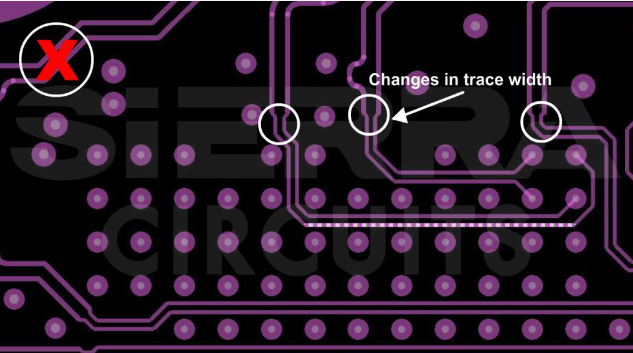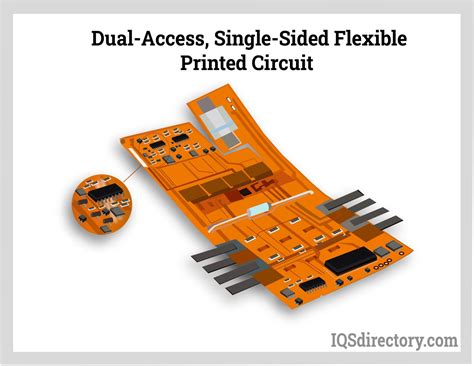The price of copper clad laminates has increased, and PCB companies are under a heavy burden on their profits
There are many types of raw materials required for PCB production, mainly copper clad laminates (CCL), prepregs (PP), copper foil, copper balls, gold salts, inks, dry films and other materials. Generally speaking, copper clad laminates account for about 37% of the PCB cost structure, prepregs account for 13%, gold salts account for 8%, copper foil and copper balls account for 5%, and labor costs account for a relatively high proportion of about 11%. The proportion of raw materials for different types of products has been slightly adjusted.
Copper clad laminates are made by bonding the upper and lower surfaces of prepregs (PP) with copper foil under high temperature and high pressure to form substrates of different specifications and thicknesses, while prepregs are mainly a sheet-like bonding material synthesized by glass fiber cloth, resin and additives.
Depending on the thickness of the copper clad laminate, glass fiber cloth accounts for 25% to 40% of the cost, resin costs account for 25% to 30%, and copper foil accounts for 30% to 50%. Due to the high concentration of the copper clad laminate industry and strong bargaining power, the price transmission to the PCB industry is relatively smooth. Therefore, overall, the cost of PCB companies is more sensitive to the prices of upstream main raw materials such as electrolytic copper foil, glass fiber cloth, and synthetic resin. The price increase effect will bring great pressure on the profitability of PCB companies.
1.Copper foil prices fluctuate at a high level, and the supply and demand relationship will ease in the second half of the year
In this round, copper foil companies have been affected by the rising demand for lithium battery copper foil from new energy vehicles, and have actively switched to lithium battery copper foil. The standard copper foil used to produce PCB boards has decreased, resulting in a rapid increase in copper foil prices since the beginning of 2016. Standard copper foil and lithium battery copper foil have differences in production equipment and processes. Lithium battery copper foil has fewer processing steps, simpler process processing, and higher gross profit than standard copper foil for PCB.
With the advancement of my country’s new energy vehicle incentive policy, the production of new energy vehicles has expanded, and the demand for copper foil used as a negative electrode carrier for lithium-ion batteries has also increased dramatically. Domestic and foreign manufacturers are more motivated to switch production. According to estimates by the Copper Clad Laminate Industry Association, in 2015, Taiwan, Japan and South Korea produced a total of 62,000 tons of lithium copper foil, accounting for 30.62% of the total output of electrolytic copper foil. In 2016, the domestic production of lithium copper foil (including conversion) increased by 16,700 tons, which reduced the proportion of standard copper foil in the total annual production capacity of domestic electrolytic copper foil from 82.3% in 2015 to 79.8% in 2016.
The price of copper foil is mainly composed of copper price and processing fee. From the trend of international copper prices, copper prices have been rising since the beginning of 2016, and once hit a historical high in the second half of 2017. On July 5, 2017, Shandong Jinbao announced a 1,000 yuan increase in copper price per ton; on July 11, 2017, Willibon Electronics also announced a 2,000 yuan/ton increase in copper foil. During the same period, about 157,000 tons of copper foil withdrew from the FR-4 supply chain, accounting for about 31% of the total standard copper foil, resulting in a serious contraction in the supply of copper foil required for PCB production and a sharp increase in copper foil processing fees. Since the beginning of 2018, copper prices have slightly adjusted back from high levels, but copper foil processing fees have not been adjusted.
The new production capacity of copper foil will be released gradually from the second half of 2018 at the earliest, partially alleviating the supply and demand pressure of upstream and downstream. The difficulty in expanding copper foil production lies in the titanium cathode roller production equipment imported from Japan. Japanese manufacturers usually do not expand cathode roller production due to increased demand for copper foil. The tight supply of equipment has caused the expansion cycle of copper foil to increase from 1-1.5 years to 1.5-2 years. According to statistics from the domestic copper clad laminate industry association, 69,000 tons of new electrolytic copper foil production capacity was released in 2017, of which 81.2% was lithium battery copper foil production capacity; in 2018, 7 domestic copper foil companies added 68,500 tons of production capacity, of which 89.1% was lithium battery copper foil production capacity. Therefore, by the end of 2018, the lithium battery copper foil market is likely to be in oversupply.
The price increase of copper foil is the main driving force for the price increase of copper clad laminates, which is indirectly transmitted to PCB companies through copper clad laminates. Through sensitivity analysis, every 10% increase in copper foil price will lead to an increase of 1.6% to 2.35% in PCB costs. Copper foil is a capital-intensive industry, mainly large-scale production, with relatively high market concentration and strong bargaining power for downstream. The price increase of copper foil will put great pressure on downstream costs.

2.The industry cycle and environmental protection pressure are superimposed, and the price increase of glass fiber cloth is driven by two wheels
The capital-intensive glass yarn industry has a highly concentrated market and strong bargaining power for manufacturers. Glass fiber yarn is made of raw materials such as silica sand, which are calcined into liquid in a kiln, and then pulled into extremely fine glass fibers through extremely fine alloy nozzles. Hundreds of glass fibers are twisted into glass fiber yarn. The construction of a kiln requires huge investment and is a capital-intensive industry. A 30,000-ton kiln requires 400 million yuan, and it takes 18 months to build a new kiln. The boom cycle is difficult to grasp, and once ignited, it must be produced 24 hours a day, and after about five years, it must be shut down for half a year for maintenance, and the entry and exit costs are huge. The glass fiber cloth industry has a high degree of concentration, and 70% of the global production capacity is concentrated in five companies: China Jushi, OCV, NEG, Chongqing International and Taishan Fiberglass. In my country, China Jushi, Taishan Fiberglass, Chongqing International, Shandong Fiberglass, Sichuan Microglass and Changhai Co., Ltd. concentrate 80% of the country’s production capacity.
The price of electronic glass fiber cloth has increased nearly three times since the third quarter of 2016. Taking 7628 cloth for thick plates as an example, the average price in July 2016 was only 3.2 yuan/m, and it rose to 8.7 yuan/m in April 2017, approaching the historical high of 10.6 yuan/m in 10 years. The following table shows the price increase news announced by many major suppliers in 2017.
The reasons for the price increase of glass fiber can be summarized as follows:
The supply-side capacity contraction led by glass fiber manufacturers: The glass fiber industry has a high degree of concentration and obvious cyclicality. In the case of the continued downturn in the early market of glass fiber electronic yarn/electronic cloth, many companies with pool kilns gave priority to the development of glass fiber roving products, and the number of new glass fiber electronic fine yarn pool kiln projects decreased. Among domestic enterprises, only Taishan Fiberglass built a new 50,000-ton glass fiber fine yarn pool kiln, which was ignited and operated in November 2015. In 2016, the fiberglass yarn pool kilns of Taishan Fiberglass and Chongqing International Shanghai Base were shut down one after another, reducing a total of 38,000 tons of electronic fiberglass yarn.
A fiberglass yarn pool kiln was shut down for cold repairs at the Chongqing International headquarters base, and the industry’s electronic fiberglass yarn production capacity fell slightly. Under the condition of limited electronic fiberglass yarn production capacity, the supply and demand tended to be tight in the short term.
The increasing pressure on environmental protection and the shrinking production of imitation cloth have caused changes in the supply and demand relationship of electronic fiberglass yarn.
Under the guidance of the new industrial policy, the production capacity of electronic cloth tends to be concentrated in enterprises with fiberglass pool kilns, causing increased storage pressure on professional electronic cloth manufacturers.
Since the beginning of 2018, the prices of some fiberglass cloths have begun to loosen. We learned from the market that the price of 7638 cloth and 2116 cloth for thick plates has dropped significantly, with an average drop of 5% to 18%; the price of fiberglass cloth for thin plates remains high. The pool kilns that were under cold repair in the early stage have been ignited in succession since Q2 2018, and the production capacity has been gradually released. This year, the factor that has a greater impact on the supply side will be environmental protection restrictions, and non-compliant enterprises in the middle and low end will be further cleared out.
3.Resin prices remain high
Synthetic resin has become one of the important raw materials for copper clad laminates because of its good mechanical properties, electrical properties and bonding properties. Different types of PCBs have different requirements for resins: Generally speaking, single/double-sided boards, multi-layer boards and HDI mainly use phenolic resins and epoxy resins, high-speed/high-frequency boards mainly use polytetrafluoroethylene, and the halogen-free copper clad laminates that have been popular in recent years use environmentally friendly non-bromine resins. At present, suppliers in mainland China and Japan mainly provide phenolic resins and epoxy resins.
In addition to the downstream demand drive, the price of epoxy resin has two other reasons: raw materials and environmental protection. In terms of raw materials, the upstream industry of epoxy resin (mainly oxychloropropane and bisphenol A) is closely related to the trend of global crude oil prices. This year, crude oil prices have continued to rise, and resin prices have continued to hit new highs. In terms of environmental protection, many manufacturers in Huangshan, Shandong and other places did not meet the environmental protection requirements, resulting in production cuts and shutdowns, or increased production costs to meet environmental protection requirements, which promoted the continued rise in epoxy resin prices.

4.The price of upstream raw materials directly affects the price of copper clad laminates
Copper clad laminates are the most basic material for PCBs, also known as substrates. When it is used in the production of multilayer boards, it is also called core boards. They are mainly divided into two categories: rigid copper clad laminates (CCL) and flexible copper clad laminates (FCCL). According to the downstream demand for different performance, they are further subdivided into copper clad laminates of different material types. From the current market demand for copper clad laminates, there will be four major trends in copper clad laminates in the future:
(1) Meet the environmental protection requirements of lead-free and halogen-free;
(2) Lightweight, high-strength, and thinner;
(3) Meet the future high-frequency and high-speed requirements;
(4) Able to adapt to more complex working environments, such as high heat resistance and corrosion resistance.
At present, Japan, the United States and Europe have focused on small and sophisticated fields such as composites and special substrates.
In 2016, the global rigid copper clad laminate market increased from US$9.37 billion in 2015 to US$10.12 billion in 2016, with an annual growth rate of 8.0%. In addition, the copper clad laminate market has a high degree of concentration. Since 2013, the world’s top ten PCB companies have accounted for more than 70% of the market share, reaching 74% in 2016. However, the capacity increase is too slow, with a compound growth rate of only 2.2% from 2013 to 2016. The supply and demand relationship between the copper clad laminate and PCB industries has become tense since the end of 2016.
The largest wave of copper clad laminate price increases was from the end of 2016 to the third quarter of 2017, with the average price soaring from 101 yuan/piece to 200 yuan/piece. Since the end of 2017, the price of copper clad laminates has loosened, and after a period of fluctuation, it has basically fallen back to 170 yuan/piece. In January 2018, Jiantao took the lead in announcing a price increase notice, but judging from the downstream procurement situation, the price increase did not last long and was not implemented in downstream large-scale procurement orders.
Since the end of March 2018, copper clad laminate manufacturers have begun to lower prices, with an average price reduction of about 5%. However, since late May, downstream PCB orders have recovered significantly from the off-season, and the overall order schedule in June is tight, and copper clad laminate manufacturers have begun to send price increase signals. We expect that the overall price increase of copper clad laminates this year will be limited. In the third quarter of 2018, some new copper clad laminate production capacity will be opened one after another, and the supply and demand relationship with downstream PCB companies will be further eased.
Copper clad laminate price increase PCB companies’ profit burden
Chart-2017 copper clad laminate manufacturers have successively increased







